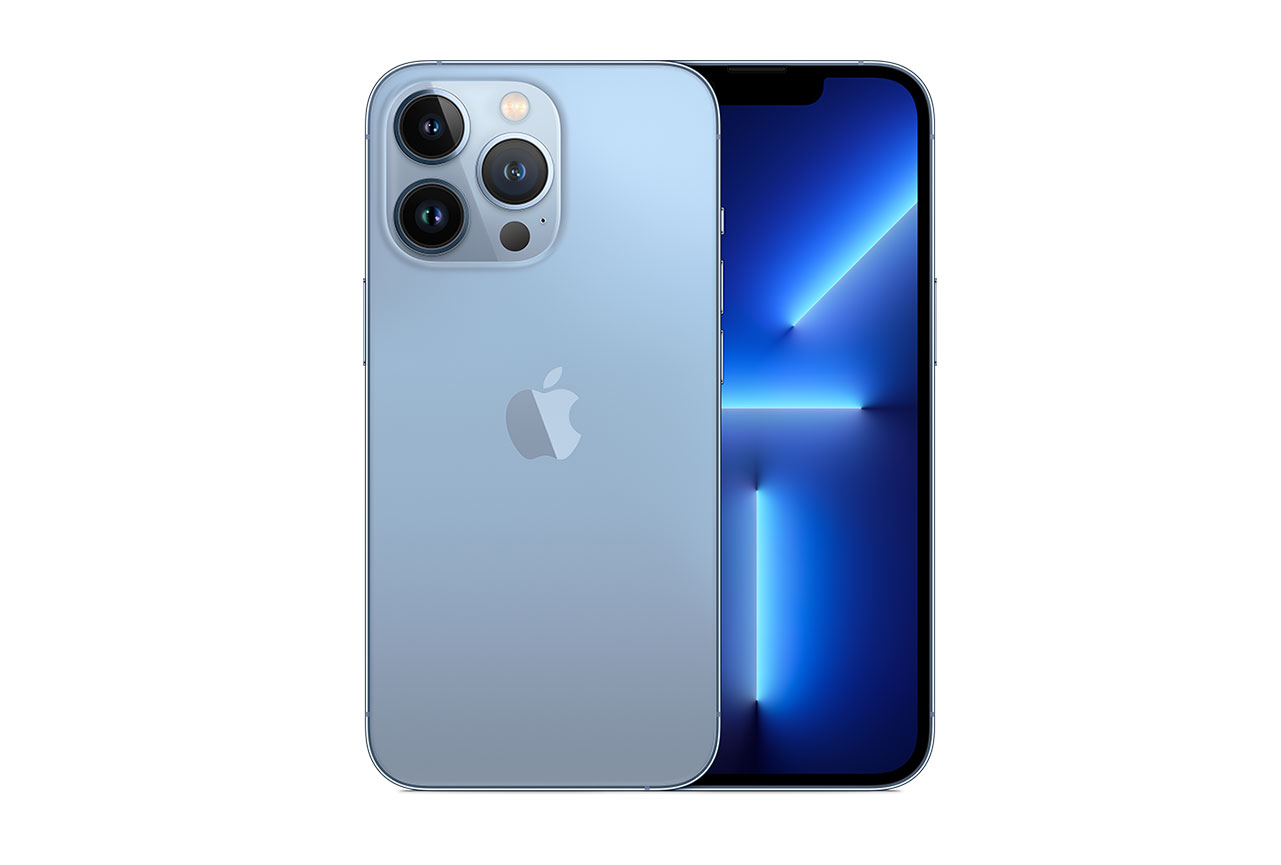The Apple iPhone 13 Pro arrived on the market along with the rest of the iPhone 13 line in September 2021. Apart from a smaller screen, the 13 Pro otherwise shares the same features as the iPhone 13 Pro Max, and put in a similar performance in our Display protocol tests. This short review will focus on the almost negligible differences between the two models.
Key display specifications:
- 6.1″ OLED display
- Dimensions: 71.5 x 146.7 x 7.65 mm (2.82 x 5.78 x 0.30 inches)
- Resolution: 2532 x 1170 (460 ppi)
- Aspect ratio: 19.5:9 ratio
- Maximum refresh rate: 120 Hz
- Chipset: A15 Bionic
About DXOMARK Display tests: For scoring and analysis in our smartphone and other display reviews, DXOMARK engineers perform a variety of objective and perceptual tests under controlled lab and real-life conditions. This article highlights the most important results of our testing. Note that we evaluate display attributes using only the device’s built-in display hardware and its still image (gallery) and video apps at their default settings. (For in-depth information about how we evaluate smartphone and other displays, check out our articles, “How DXOMARK tests display quality” and “A closer look at DXOMARK Display testing.”)
Test summary
Scoring
Sub-scores and attributes included in the calculations of the global score.
 Apple iPhone 13 Pro
Apple iPhone 13 Pro


 5th
5th
 5th
5th
Pros
- The device ensures a proper readability of pictures, indoors and outdoors.
- HDR10 content is well managed, with proper brightness, high contrast, and good color management.
- The device feels smooth and no frame drops are visible.
- Colors are maintained when the device is viewed on angle.
Cons
- Brightness is too low in low-light conditions for photos in the gallery, web pages, and SDR video content.
- The device sometimes shows a yellow cast.
- The blue light filter has a strong impact on color.
The Apple iPhone 13 Pro came in just a point behind the Apple iPhone 13 Pro Max, which is currently the top-ranked phone in our Display protocol database.
Only very slight differences separated the two smartphones. On the one hand, the iPhone 13 Pro’s color rendering of images viewed in indoor conditions showed a slightly more orange cast than seen on the 13 Pro Max, as illustrated below:

On the other hand, the iPhone 13 Pro’s display had better color uniformity across the entire screen than the Pro Max, as seen below:

For all other attributes, the two iPhone 13 models performed identically; and in fact, the only reason the 13 Pro comes in just behind the 13 Pro Max is that the 13 Pro has a smaller screen-to-body ratio.
For more detailed information about the iPhone 13 Pro’s performance, please see our review of the Apple iPhone 13 Pro Max here.

 English
English 中文
中文

DXOMARK invites our readership (you) to post comments on the articles on this website. Read more about our Comment Policy.